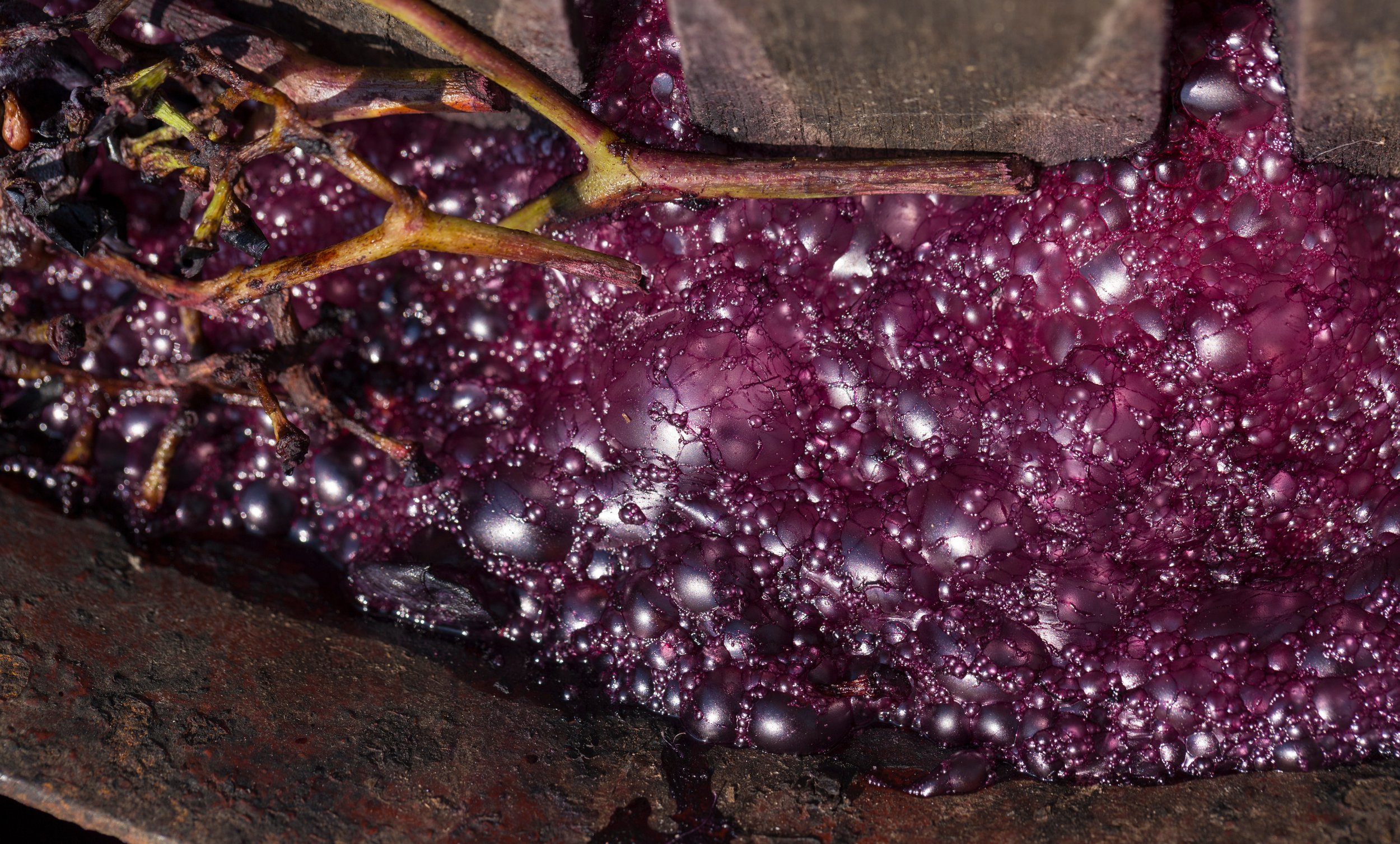Spontaneous Fermentation
by Tim Powers
Yeast. It’s essential to bakers, brewers, and wine makers alike, but this incredible, seemingly magical substance wasn’t fully understood until 1859. That year, Louis Pasteur proved that the innocuous and now infamous microorganism converted glucose into ethanol, resulting in the key ingredient of the delicious beverages we have consumed for thousands of years. Yeast was critical to the development of humanity as the fermentation process created alcohol, which would sterilize the beverage, killing any dangerous bacteria, and allow humans to safely drink the beer, cider, or wine without fear. After Pasteur’s discovery, wine makers were able to isolate a single yeast strain, Saccharomyces Cerevisiae, as the optimal yeast to create wine. This strain is still used in the majority of fermented beverages today, added in a stage of the fermentation process called inoculation, and its consistency allows for wine makers to reliably create a standardized product that consumers know they’ll enjoy time and time again.
In addition to this standard yeast, today we are also seeing a push towards the ‘olden days’ of fermentation in the wine industry. These winemakers believe that so-called ‘spontaneous fermentation’, or allowing for ambient yeasts in the environment to ferment the must (unfermented grape juice) without winemaker interference allows for the resulting wine to have a greater depth of flavor. Furthermore, they believe that relying on a single yeast strain to ferment the wine limits the potential for that full flavor to be realized. This push harkens back to fermentation techniques used for millennia before Pasteur’s discovery, and has been mirrored in the beer and cider industries with similar success.
This process occurs as the native yeast on the grape skins (usually Kloeckera strains) and yeast particles in the air and on the equipment of the winemaking facility are allowed to ferment the grape must without the winemaker adding any additional or purposefully selected yeasts. This process often takes longer than inoculating S. cerevisiae or a different specific strain to the must, and typically results in multiple different strains taking turns fermenting the liquid. Each yeast strain has a varying alcohol tolerance, so as the liquid is fermented to a higher and higher ABV, each strain dies, and is replaced by a strain which has a higher alcohol tolerance. The strains and amounts of yeasts present are therefore numerous and unique to each spontaneously fermented batch of wine; each winemaking facility will also have its own unique population as well.
This technique is riskier than purposeful yeast inoculation since winemakers cannot guarantee which strains of yeast will act on their must. The unpredictability of yeast strains can result in a faulty wine where certain undesirable compounds can develop, making the wine unpalatable or even unsafe to drink. In addition, this manner of production can result in a ‘stuck’ fermentation where the yeasts die off before fermenting the wine to completion.
For all of the risks, there are a number of benefits to be enjoyed by utilizing this process. Winemakers credit spontaneous fermentation with adding intensity and complexity to a wine, adding additional flavors that might not be present by using a single, cultivated yeast strain. Also, spontaneous fermentation can alter the resulting alcohol and acidity levels of a wine, changing the mouthfeel and body to create a more enjoyable beverage. The Kloeckera yeasts found naturally on grapes have even been artificially cultivated themselves, with over ten different strains being identified used by wine producers to inoculate their grape must in a form of ‘hybrid’ spontaneous and yet controlled fermentation.
Although the world of wine has and will continue to develop and modernize as winemakers push the boundaries of what we imagine as ‘wine’, it is strangely comforting to think back to how wine was made thousands of years ago and to realize the benefits from incorporating this ancient practice into our modern day beverages. Whether your wine is fermented spontaneously with native yeasts, or purposefully with carefully chosen strains, we hope you enjoy and give thanks to the tiny microorganism that has protected our health and inspired us for so long.

